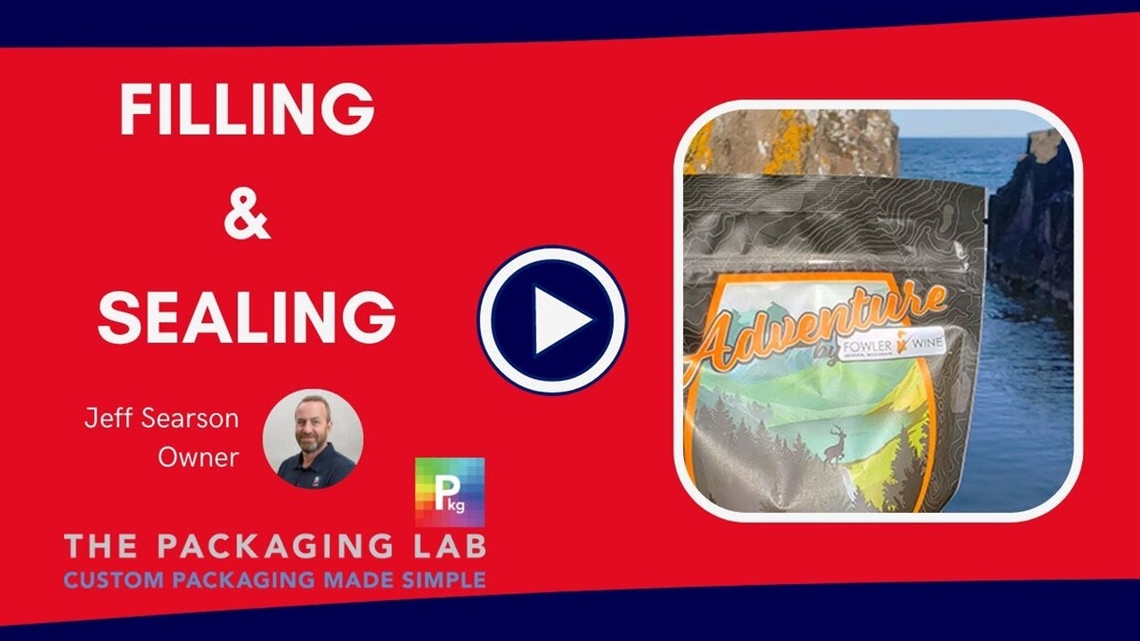What Is the Pouch Filling and Sealing Process for My Products?
21 February 2024
Packaging products efficiently is vital for upholding quality and achieving customer satisfaction. A favored approach, especially among small businesses and startups, involves the use of pouches. This blog post explores the pouch filling and sealing process, providing insights into both manual and automated methods, highlighting cost-effective strategies, and outlining best practices to guarantee your products are packaged to perfection.
The Basics of Pouch Packaging
Starting with Manual Pouch Filling
For many, the journey into pouch packaging begins manually. This method involves filling the pouches by hand, usually with a scoop or similar tool. It's a straightforward approach that's particularly suitable for small-scale operations or businesses just starting. While this method is labor-intensive, it allows for greater control over the quantity and quality of the product being packaged.
Choosing the Right Tools for Manual Filling
Selecting the appropriate tools for manual filling is critical. A simple scoop or measuring device can ensure consistency in product quantity. Additionally, using a scale to weigh each pouch can guarantee that you're meeting the precise requirements, especially important if your product needs to adhere to specific weight regulations.
Moving Towards Automation
While manual filling is a great start, as your business grows, you might consider automating the process. Automated pouch filling machines are available, though they can be a significant investment. These machines streamline the filling process, ensuring speed and consistency, which can be vital as your production volumes increase.
Sealing the Deal with Heat Sealing
Understanding the Heat Sealing Process
Once your product is in the pouch, the next step is sealing it securely. A common and cost-effective method is using an impulse heat sealer. These devices are relatively inexpensive and widely available on platforms like Amazon and other commercial websites.
The Heat Sealing Technique
Using a heat sealer is straightforward. If your pouch has a zipper, ensure it's closed before sealing. The seal should be made near the top of the pouch, leaving the tear notches - small cuts on the side of the pouch - accessible for the customer. Simply lay the open end of the pouch on the heat sealer, apply the sealer for a few seconds, and your pouch is securely sealed. However, be sure to follow the sealer manufacturer’s instructions carefully.
Benefits of Heat Sealing
Heat sealing offers several benefits. It's a quick and efficient method to secure your products, ensuring they remain fresh and protected. Heat seals are also tamper-evident, providing an added layer of security and trust for your customers.
Best Practices in Pouch Filling and Sealing
Consistency Is Key
Whether you're filling manually or using a machine, consistency in the amount of product in each pouch is essential. This not only ensures customer satisfaction but also helps in maintaining the integrity of your brand.
Quality Control
Regularly check the seals on your pouches to ensure they are secure and consistent. A poorly sealed pouch can compromise the quality of the product inside, leading to customer dissatisfaction or worse.
Conclusion
The pouch filling and sealing process is a vital component of product packaging, particularly for small businesses and startups. Initiating with manual techniques and gradually shifting towards automation as your enterprise expands is a sensible strategy. The crucial factor is to maintain consistency and quality, making sure that your products are showcased in the best possible manner to your clientele.
For further information or personalized advice on optimizing your pouch filling and sealing process, feel free to contact The Packaging Lab today. We're here to assist you in ensuring your packaging process is as efficient and effective as possible.
